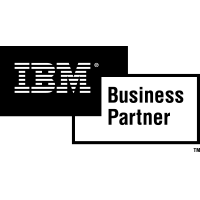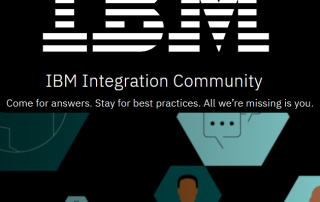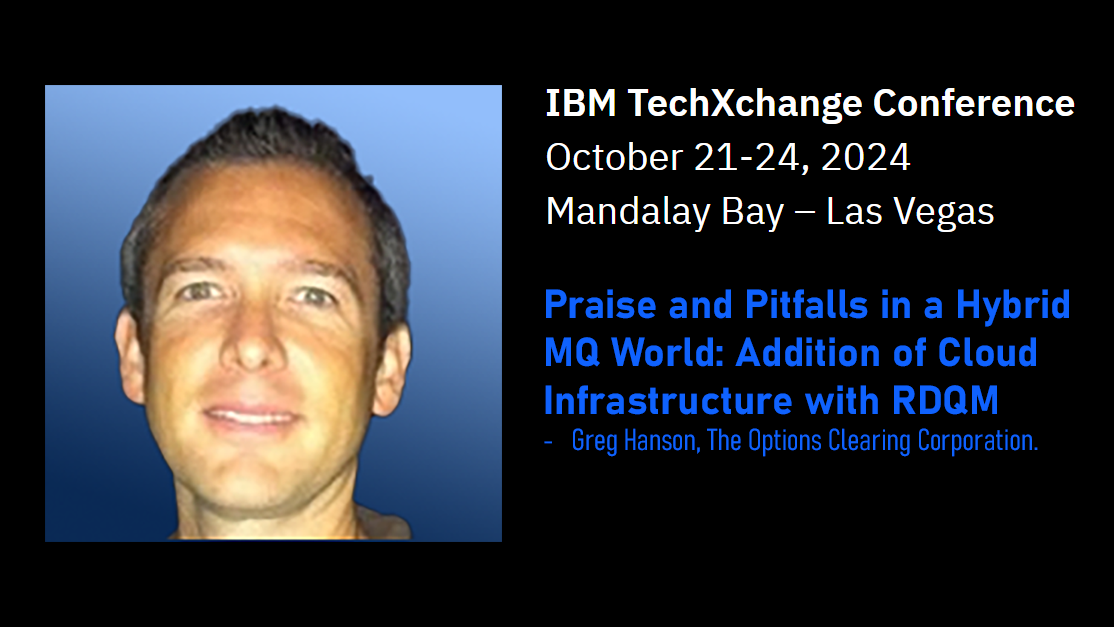IBM TechCon Session Recap: Red Hat OpenShift for Streamlining Kubernetes and Hybrid Cloud Applications
This IBM TechCon recap explores the presentation “Develop, deploy and evolve with Hybrid Cloud” and its emphasis on Red Hat OpenShift as a solution designed to streamline Kubernetes adoption and application development in hybrid cloud environments. Speakers Siamak Sadeghianfar (Red Hat) and Shane O’Rourke (IBM) highlighted OpenShift’s focus on consistency, integrated tooling, and security across the application lifecycle.
Kubernetes Adoption: The Challenges of Operationalization
While Kubernetes promises streamlined container orchestration, enterprises often discover that its initial simplicity masks the complexities involved in operationalizing it at scale. As Siamak pointed out, integrating Kubernetes with existing infrastructure (like networking, firewalls, and storage), ensuring security and compliance, and managing certificates, introduces complexities that can significantly extend the time-to-production.
The decreasing contribution trend surrounding the core Kubernetes project hints at a changing landscape. Initially, much of the innovation was centered around Kubernetes itself. However, as container orchestration gained wider adoption, the need arose for supplementary tools to address the entire application lifecycle. Building, deploying, securing, and observing containerized applications requires solutions beyond Kubernetes’ core capabilities, driving the growth of the CNCF (Cloud Native Computing Foundation) ecosystem.
Red Hat OpenShift: The Enterprise Kubernetes Solution
Siamak presented Red Hat OpenShift as the solution for enterprises seeking to overcome the challenges associated with operationalizing Kubernetes at scale. He positioned OpenShift as a comprehensive platform extending the capabilities of basic Kubernetes by focusing on three core benefits: consistency across hybrid cloud environments, integrated tools for the entire application lifecycle, and built-in security features. This approach aims to simplify Kubernetes adoption while facilitating secure and efficient application development and deployment.
Application Build
Red Hat OpenShift tackles the challenges of developer onboarding and application modernization. Siamak highlighted how pre-configured, cloud-based workspaces (defined as code) promote consistency and compliance. This is especially valuable for remote teams as it provides a secure, standardized development environment from anywhere. OpenShift offers developers a wide choice of languages, frameworks (with specific optimizations for cloud-native Java using Quarkus and Spring Boot), and enables seamless local development mirroring production environments. It facilitates building event-driven and serverless applications for efficient scaling. Cloud service integration is smooth thanks to Operators and GitOps workflows. Finally, OpenShift offers tools and guidance for migrating legacy applications, addressing the challenges of modernizing existing software for cloud-native deployments.
Need a deeper dive into managing your middleware in hybrid cloud environments? Check out our webinar: Managing Middleware in Hybrid Cloud
Streamlining Application Delivery
Red Hat OpenShift aims to make the application delivery process smoother, faster, and more secure. It emphasizes GitOps workflows for automation, with customizable pipelines triggering builds, testing, and deployments directly from Git repositories. This integrated approach, as Siamak noted, directly improves DevOps metrics. To secure the software supply chain, OpenShift includes a container image registry with vulnerability scanning, image signing, and robust access controls. This focus on security extends all the way to image distribution across environments.
OpenShift recognizes that not all applications are ready for immediate containerization. It supports legacy applications by allowing VMs to run within the same platform alongside containers, incorporating them into CI/CD processes. This facilitates a gradual modernization approach.
For more on container management check out our presentation for Key Aspects of Managing IBM MQ in Containers.
Finally, OpenShift provides integrated tools for comprehensive observability, including metrics, distributed tracing, logs, and visualizations. These features are invaluable for troubleshooting, optimizing application performance, and proactively identifying issues within complex Kubernetes-based environments.
For a deeper understanding of the differences between middleware observability and broader IT observability practices, check out our article: Middleware Observability vs. General IT Observability.
Enhancing Application Security
Red Hat OpenShift takes a multi-faceted approach to application security. To simplify user experience while enhancing security, it offers streamlined integration for single sign-on, user federation (LDAP, AD), and social logins. OpenShift addresses certificate lifecycle complexities with the integrated cert-manager component, as Siamak pointed out, automating tasks like issuance and renewal. This automation benefits both developers and those managing the underlying platform.
OpenShift advocates for baking security into all stages of the application lifecycle. Features include vulnerability scanning in images and running containers, tools to define and enforce security policies, and visualizations for understanding network security posture. These proactive measures align with the demands of securing applications built on Kubernetes and designed for cloud-native deployments.
Analyst Recognition and the Power of Red Hat OpenShift
Don’t just take Red Hat’s word for it! Industry analysts like Forrester and Gartner recognize OpenShift as a leader in container management and a strong contender within DevOps platforms. As Forrester states, “Red Hat sets the pace with enterprise IT capabilities and massive market presence…” This external validation highlights OpenShift’s commitment to providing a robust, enterprise-grade foundation for cloud-native application deployments.
Conclusion
This IBM TechCon session highlighted the complexities of adopting Kubernetes and challenges in streamlining application lifecycles. Red Hat OpenShift addresses these issues with a focus on consistency, integrated tooling, and security across hybrid environments. To learn more about Red Hat OpenShift, visit their official website.
For those seeking to optimize middleware performance and reliability as part of their overall cloud-native strategy, Infrared360 offers a complementary solution. Infrared360’s real-time monitoring, analytics, and administrative automation features streamline middleware management and enhance the overall health of your applications. Learn more about how Infrared360 can simplify your middleware infrastructure.






















